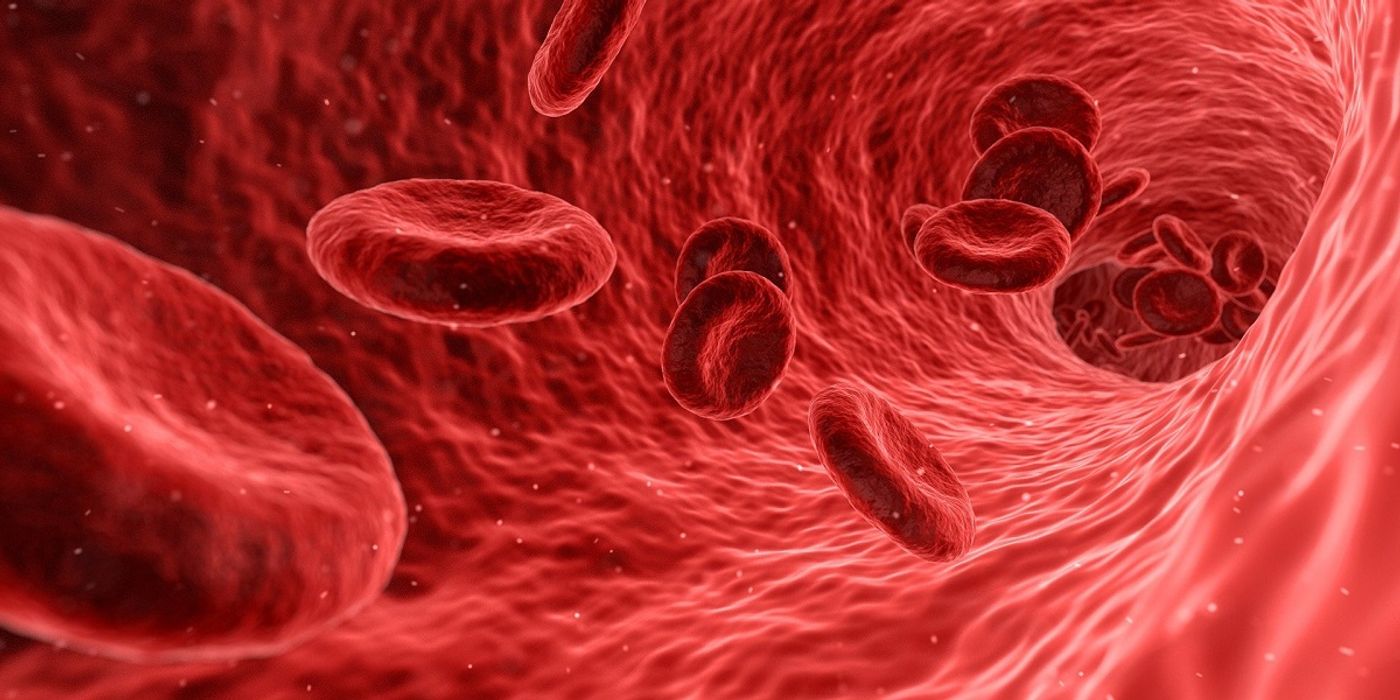Iron Levels as a Prognostic Indicator for Heart Failure
When people think of iron, it usually brings up images of big hunks of metal. But did you know it is also essential for your body to function?
In the body, the most well-known use of iron is in oxygen-carrying molecules called hemoglobin. The iron acts as a sort of magnet or support of oxygen in the molecule and travels through the blood to deliver that bound oxygen to whatever part of your body needs it. Iron plays many roles like this in the body, making it a necessary staple for life.
In a new study out of Nara Medical University in Japan, a team wanted to look at iron and see if it played a role in heart failure. Heart failure is an ever-increasing issue among populations across the world. It is the endpoint for many cardiovascular diseases, which become more and more common as one ages.
This new study worked off recent findings that suggested a regulator of iron called ferritin could be a prognostic marker for chronic heart failure. This new study would look at both ferritin and iron levels in the blood and see if there was a relationship between them.
The study included 615 patients, all of who had been admitted for heart failure. Upon leaving, the patients had their iron levels taken. Those patients who had low iron levels were readmitted for heart failure later on or pass before a follow-up. Low iron also correlated with age, diabetes, and a few other factors. Taken together, this points to iron possibly having a role in heart failure.
While iron levels correlated with many other diseases that correlate with heart failure, this study identifies iron levels as an independent prognostic indicator of heart failure. The team notes that there are some issues with using iron as a prognostic indicator alone, as certain drugs alter a patient’s ability to uptake iron into their body. Together with a group of other indicators, it may help with predicting a patient’s health.
The study concludes, “We demonstrated that low iron level was an independent poor prognostic factor in ADHF, irrespective of hemoglobin or ferritin level.”
Sources: Nature Scientific Reports, TheRightDoctors









